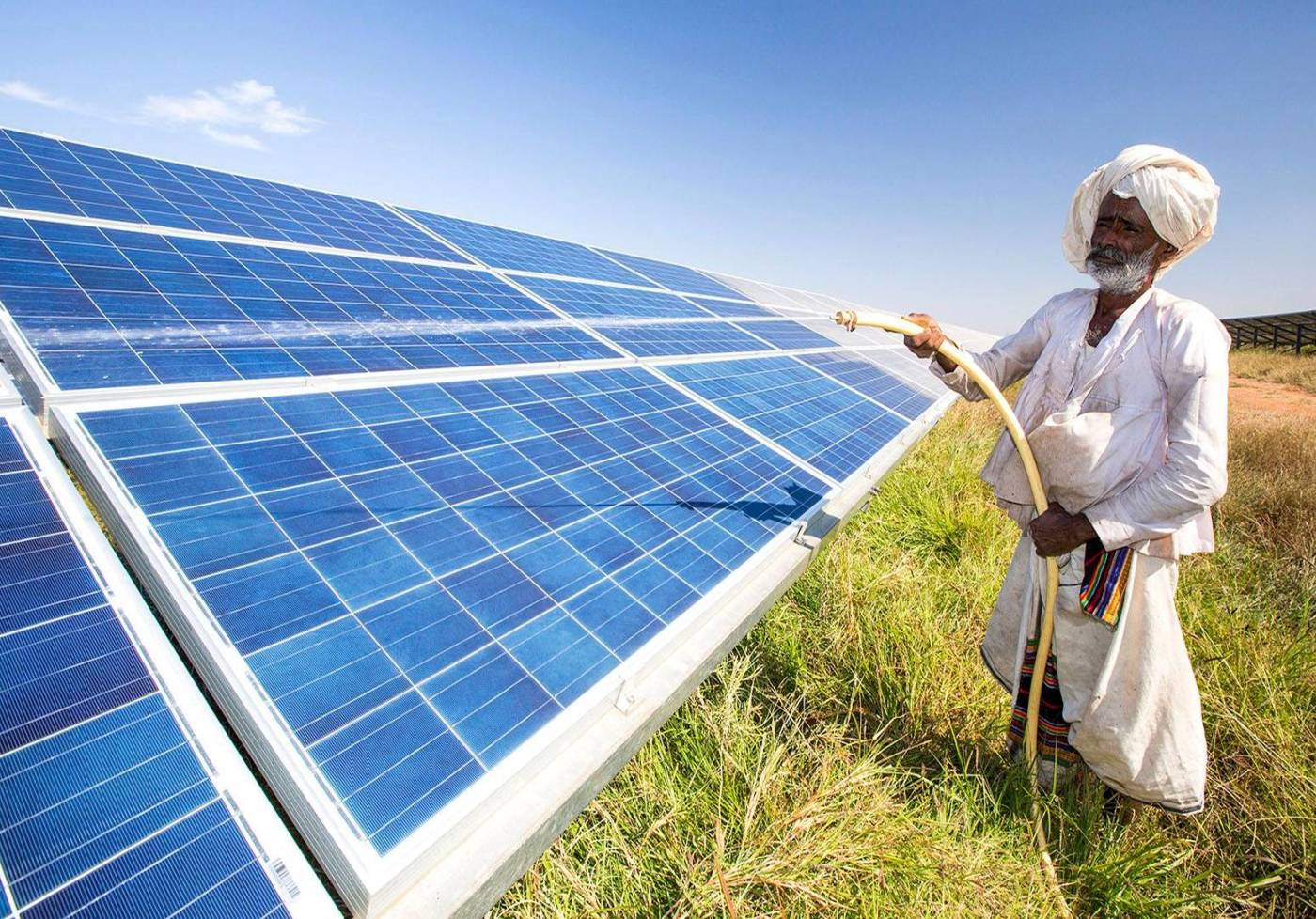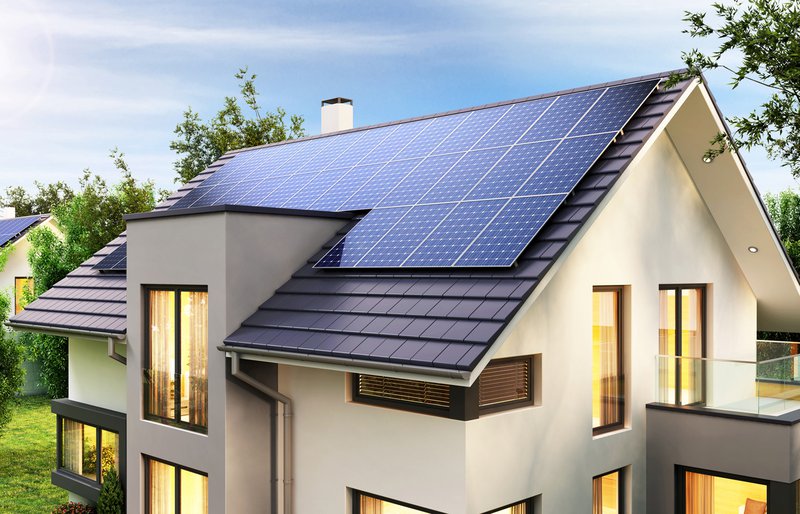As the world shifts towards cleaner energy, solar power has become one of the most promising solutions to address climate change and reduce dependency on fossil fuels. While large-scale solar farms and private rooftop installations are common, community-tied solar initiatives are emerging as a game-changing approach to make renewable energy
As the world shifts towards cleaner energy, solar power has become one of the most promising solutions to address climate change and reduce dependency on fossil fuels. While large-scale solar farms and private rooftop installations are common, community-tied solar initiatives are emerging as a game-changing approach to make renewable energy more inclusive, affordable, and impactful.

Community-tied solar, also known as community solar or shared solar, refers to projects where multiple households, businesses, or organizations share the benefits of a single solar energy system. Instead of every individual investing in their own panels, community members pool resources to install and maintain a solar project—often on a school rooftop, unused land, or a commercial building. The energy generated is then shared among the participants, usually through credits on their electricity bills.

While community-tied solar is promising, it faces barriers such as
The need for proper awareness and management to ensure fair distribution of benefits.
With falling solar panel costs, supportive policies, and increasing public demand for green energy, community-tied solar initiatives are set to expand rapidly. As governments, businesses, and citizens collaborate, these projects could become the backbone of a decentralized, sustainable energy future.


Community-tied solar initiatives represent more than just a clean energy project—they embody the spirit of shared responsibility, inclusivity, and empowerment. By working together, communities can not only lower their energy bills but also take meaningful steps towards a greener planet.